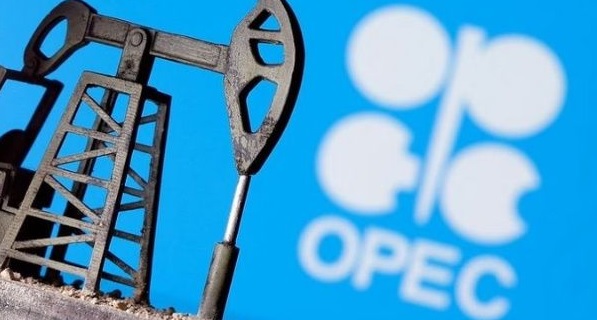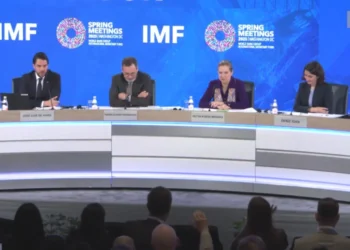By John Ikani
OPEC’s oil production held steady in the past month, indicating that the group’s efforts to reduce output haven’t reached completion.
According to a Bloomberg survey, OPEC members collectively produced 26.81 million barrels per day in April, a slight decrease of about 50,000 barrels per day compared to the previous month.
While Libya and Iraq saw minor increases in production, Iran and Nigeria reduced theirs.
Despite efforts to curb production, some OPEC members like Iraq and the United Arab Emirates are still exceeding their agreed-upon limits by several hundred thousand barrels per day.
However, countries like Saudi Arabia, Kuwait, and Algeria have adhered to their output restrictions, which has supported oil prices amid economic uncertainties.
Brent futures hovered around $85 a barrel in London on Wednesday.
The most significant increase in production last month came from Libya, which boosted its output by 60,000 barrels per day to 1.19 million barrels per day as it resumed production at its largest oil field following earlier disruptions due to protests.
Iraq’s output also rose slightly to 4.22 million barrels per day, exceeding its OPEC+ target by about 220,000 barrels per day. Baghdad has pledged to make additional cuts to compensate for its overproduction.
Both Iran and Nigeria reduced their oil supplies by 50,000 barrels per day to 3.13 million and 1.42 million barrels per day, respectively. Meanwhile, Saudi Arabia, the leading producer in the group, maintained its production at around 9 million barrels per day.
The OPEC+ alliance, consisting of 22 nations including Russia, is scheduled to meet on June 1 to discuss whether to extend current output restrictions into the second half of the year.
The information in Bloomberg’s survey is gathered from various sources, including ship-tracking data, official reports, and estimates from consulting firms like Kpler Ltd., Rapidan Energy Group, and Rystad Energy A/S.



































